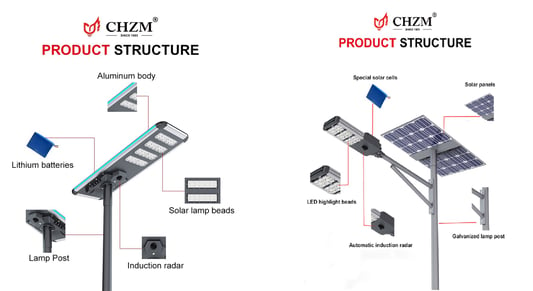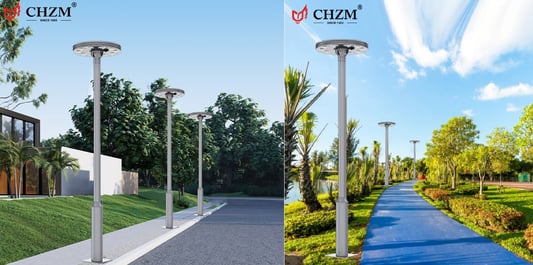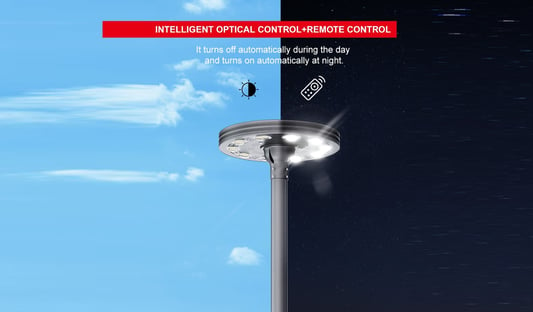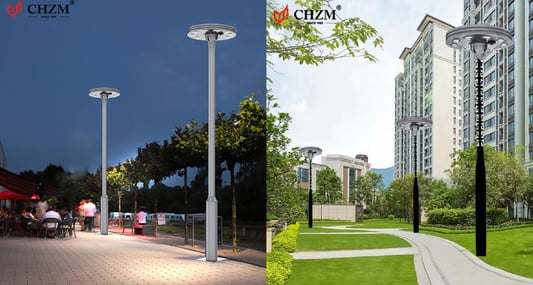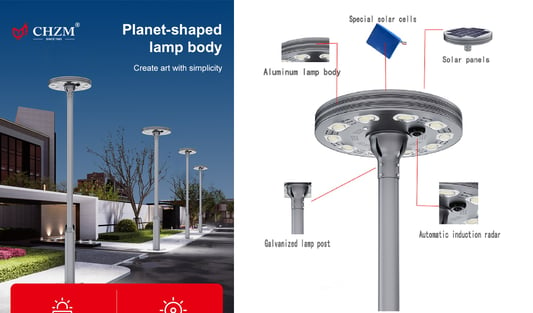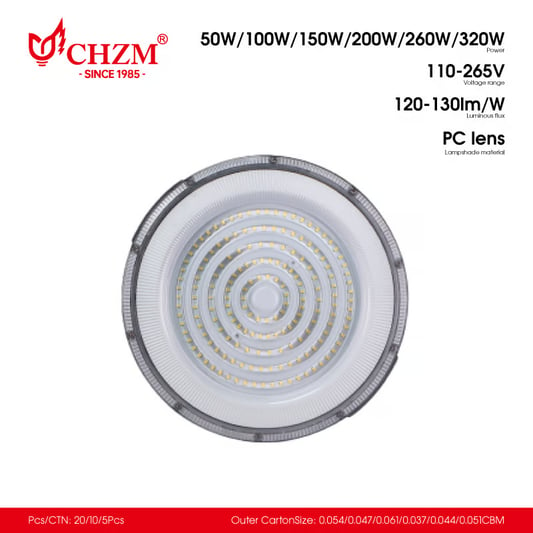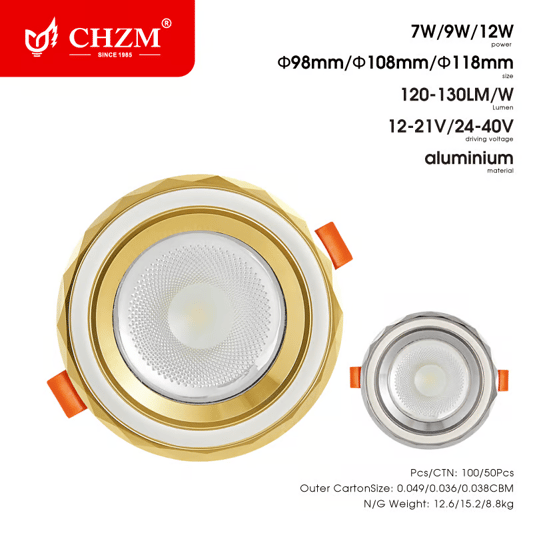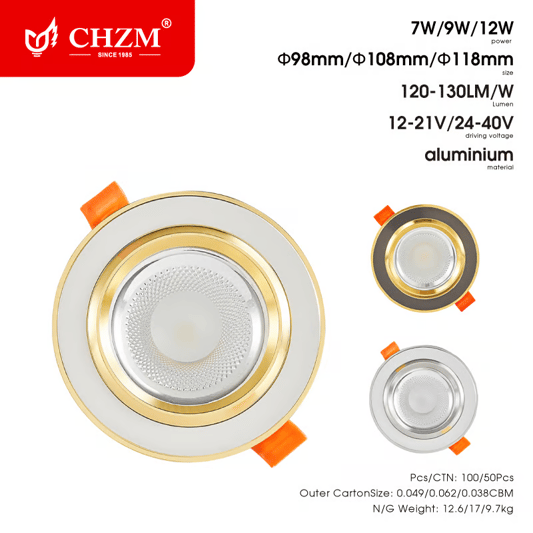Introduction to UFO Solar Street Light EngineeringUFO solar street lights are a modern and innovative way to illuminate streets using renewable energy sources. By harnessing the power of the sun, these lights offer a sustainable and eco-friendly lighting solution for urban areas.Benefits of UFO Solar Street LightsOne of the key advantages of UFO solar street lights is their energy-saving capabilities. These lights are equipped with smart sensors that can detect motion and adjust the brightness accordingly, optimizing energy consumption.Design Tips for UFO Solar Street LightsWhen designing UFO solar street lights, it's important to consider the location and orientation of the light fixtures. Placing them strategically in areas with maximum sunlight exposure will ensure optimal performance and energy efficiency.Smart Technology IntegrationIncorporating smart technology into UFO solar street lights can enhance their energy-saving capabilities. Features such as remote monitoring and control systems can help optimize energy usage and maintenance.Quality of Solar PanelsThe efficiency of UFO solar street lights heavily relies on the quality of the solar panels. Investing in high-grade panels will ensure maximum energy conversion and longer lifespan for the lighting system.Battery Storage CapacityTo ensure uninterrupted operation, it's crucial to have sufficient battery storage capacity in UFO solar street lights. Choosing batteries with high energy density and durability will maximize the lighting system's reliability.Lighting Fixture DesignThe design of the lighting fixtures in UFO solar street lights can significantly impact their energy-saving capabilities. Opt for fixtures with adjustable brightness levels and efficient LED technology for optimal performance.Maintenance and UpkeepRegular maintenance and upkeep are essential for ensuring the long-term efficiency of UFO solar street lights. Cleaning the solar panels, checking the batteries, and inspecting the overall system will help detect any issues early on.Environmental ImpactBy opting for UFO solar street lights, municipalities can significantly reduce their carbon footprint and contribute to a cleaner and greener environment. These lights offer a sustainable lighting solution that benefits both the community and the planet.ConclusionIn conclusion, UFO solar street light engineering offers a smart and energy-saving lighting solution for urban areas. By implementing the design tips mentioned above, municipalities can enhance the performance and efficiency of their lighting systems while reducing energy consumption and promoting sustainability.Quote InquiryContact us!


